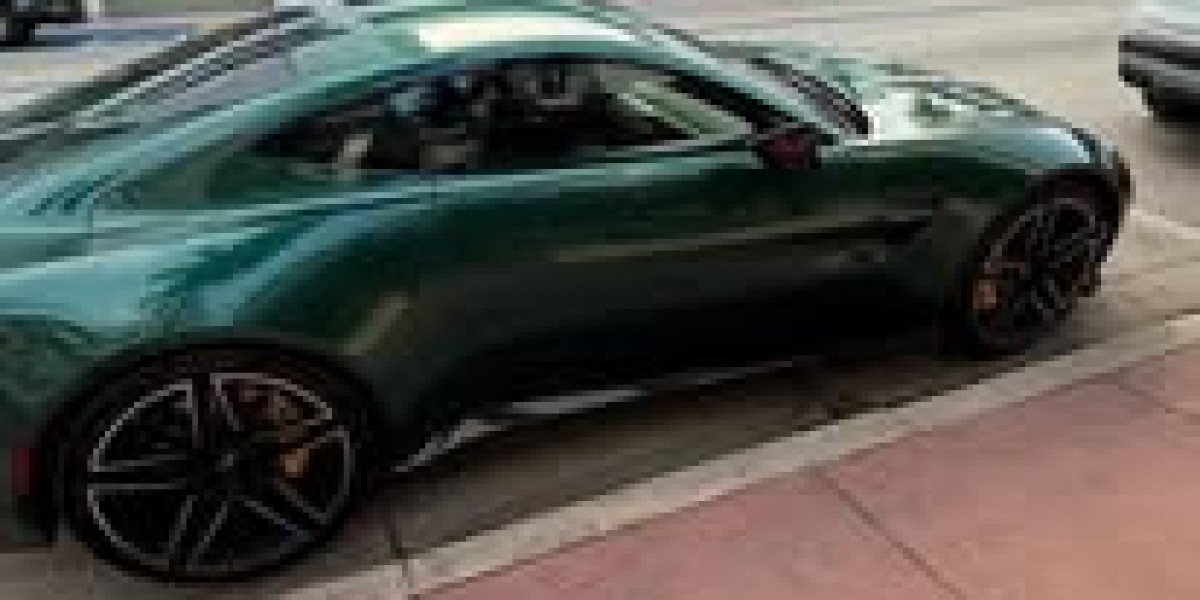From Hardware to Software on Wheels
Not too long ago, automotive progress was measured in horsepower, torque, or suspension upgrades. Today, it’s measured in processing power, app integrations, and over-the-air (OTA) updates. Cars have essentially become “software on wheels.”
Tesla popularized this model, but nearly every major automaker has followed suit. Vehicles can now receive new features, UI redesigns, or safety patches remotely—without stepping into a dealership. This shift has blurred the lines between the automotive and tech industries, forcing both worlds to speak the same language: user experience.
A quick observation: one common mistake I see—especially among traditional automakers—is assuming that adding a large touchscreen makes a car “digital.” The interface matters, yes, but it’s the ecosystem that defines a connected car: how seamlessly your vehicle communicates with your phone, your home, and the cloud.
The In-Car Digital Experience: More Than a Fancy Dashboard
A connected car experience is about integration—making every touchpoint intuitive, responsive, and relevant. Here’s what’s shaping the in-car experience today:
1. Personalization
Cars now remember driver preferences: seat positions, climate control settings, even music playlists. AI-driven systems are learning from habits—predicting destinations, suggesting detours, and tailoring infotainment based on behavior.
2. Voice and Gesture Control
The shift toward hands-free interaction is more than a safety feature—it’s a step toward reducing digital distraction. Systems like Apple CarPlay, Android Auto, and OEM-designed assistants (Mercedes’ MBUX, BMW’s iDrive) let drivers engage naturally without losing focus on the road.
3. Real-Time Connectivity
From cloud-based navigation to vehicle-to-vehicle (V2V) communication, the connected car relies on constant data exchange. Real-time traffic updates, hazard warnings, and predictive maintenance alerts are now expected as standard.
4. Digital Ecosystem Integration
The next frontier isn’t just in-car—it’s cross-platform. Drivers can remotely preheat the cabin, track charging sessions, or schedule maintenance via smartphone apps. Some systems even sync with smart home devices, making it possible to open your garage or adjust home lighting before you arrive.
Beyond the Screen: The Subtler Side of the Experience
While flashy touchscreens and augmented-reality dashboards grab attention, the real value often lies in subtler design decisions. Sound insulation, haptic feedback, ambient lighting—all these shape how “premium” a connected car feels.
One insider tip: many drivers underestimate the importance of digital hygiene inside the car. Just as your phone or laptop can slow down when overloaded with apps, your infotainment system can too. Periodically clearing unused profiles, deleting old navigation data, or updating firmware keeps systems running smoothly.
And it’s not just digital clutter—physical upkeep matters too. According to detailing professionals in Virginia Beach, drivers often overlook how interior detailing and surface restoration can enhance not just aesthetics but also touchscreen responsiveness and visibility. Maintaining a clean cabin complements the tech-driven experience.
Practical Benefits: Convenience Meets Safety
The most impactful connected features are often the least flashy. Automatic emergency calls, predictive diagnostics, and adaptive cruise control have quietly saved lives and money.
Predictive Maintenance: Sensors can now detect wear or irregularities long before a breakdown happens. This helps schedule timely service rather than reacting to failures.
Remote Access & Security: You can lock, unlock, or even start your car remotely. Fleet operators benefit from geofencing and tracking, enhancing both efficiency and theft prevention.
Driver Assistance: Lane-keeping aids, adaptive headlights, and blind-spot alerts use connectivity to gather context about your surroundings, not just your car.
These aren’t gimmicks—they’re meaningful improvements that enhance both convenience and safety without demanding more attention from the driver.
A Real-World Look: When Tech Gets Too Clever
Here’s something I’ve noticed personally: some connected cars overcomplicate the experience. When everything—from adjusting mirrors to opening the glovebox—is controlled through menus, usability suffers. I once spent five minutes trying to turn off the air conditioning in a rental EV because it was hidden behind three touchscreen layers.
The takeaway? Connectivity should simplify, not add friction. The best digital experiences are invisible when done right. Automakers that remember this principle—putting function over flash—win long-term customer loyalty.
Insider Insight: What’s Coming Next
If you think cars are connected now, wait until 2030. Here’s what’s on the horizon:
Vehicle-to-Everything (V2X) Communication
Cars will talk not just to each other but to infrastructure—traffic lights, parking sensors, and even pedestrians’ smartphones. This could significantly reduce accidents and congestion.Subscription-Based Features
Love it or hate it, software-defined vehicles are paving the way for feature-on-demand models. Heated seats, advanced driving modes, or infotainment upgrades may become paid subscriptions. The key for manufacturers is offering value, not nickel-and-diming users.In-Car Commerce & Entertainment
Imagine paying for parking, ordering coffee, or joining a virtual meeting directly from your dashboard. Cars are becoming extensions of our digital identity—part workstation, part relaxation space.Sustainability Through Data
Connected systems can optimize driving routes for energy efficiency and even share anonymized data to improve urban planning. The car’s role in sustainability will grow far beyond emissions.
Balancing Connectivity and Privacy
The connected car’s biggest double-edged sword is data. Every interaction—routes, voice commands, biometric entries—creates digital footprints. Responsible data handling isn’t just a regulatory checkbox; it’s a trust imperative.
Drivers should regularly review app permissions, update passwords, and understand what data their car shares. Likewise, manufacturers must prioritize transparency and give users control over their digital profiles.
Wrapping Up: Driving Forward, Thoughtfully
Connected cars are no longer futuristic—they’re today’s reality. But the real story isn’t about gadgets or screens; it’s about how technology reshapes our relationship with mobility. When done thoughtfully, digital features enhance comfort, convenience, and safety without overwhelming the driver.
Whether you’re a car enthusiast, a service professional, or someone just trying to make sense of all the new dashboard icons, the takeaway is simple: treat your car like the intelligent system it is. Keep it updated, clean (both inside and digitally), and pay attention to how it behaves.
The road ahead is undeniably connected—but it’s still ours to navigate.










